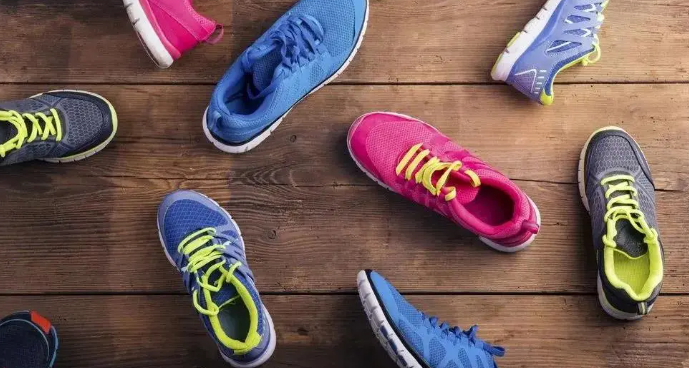Don\'t buy running shoes that are light and soft
Reading times:486 Update time:2024-08-01
Misconception 1:
Buy running shoes, the lighter the better
Usually, running shoes weighing less than 250 grams can be considered "ultra light".
In order to achieve "ultra lightweight", it is generally necessary to sacrifice protection and support to make the shoes lighter, which is unfriendly for non professional athletes.
Professional runners, due to their strong muscle strength, are already able to protect their knees and ankles well. Wearing ultra light running shoes can help improve speed.
But for entry-level runners, without sufficient core strength, they need running shoes to provide more protection and a pair of running shoes with cushioning design and stable support structure.
Especially for heavy weight runners (weighing over 80 kilograms), it is not recommended to choose these ultra lightweight running shoes, and more attention should be paid to their protection.
Misconception 2:
The softer the sole, the better
Buy running shoes, don't blindly pursue the feeling of stepping on poop.
In recent years, people often use the term 'poop feeling' to describe the softness and comfort of shoes, but the softer the sole of running shoes, the better. 'poop feeling' shoes are more suitable for walking.
When measuring the quality of a pair of running shoes, there is an important performance indicator - 'energy feedback'. Simply put, when you step on it, it not only provides cushioning, but also gives rebound force, like a spring, making it easier for you to run.
If the sole of running shoes is too soft, it will collapse like stepping on a sponge, unable to bounce back well, and running will be more tiring.
In addition, running shoes that are too soft generally have poor stability, and the sole is prone to uneven force and sprains. Imagine walking on a soft sponge, worrying about falling and being shocked every step of the way?
Therefore, it is recommended that when buying running shoes, it is best to wear them and run a few steps back and forth. If you can feel cushioning while running, rebound when stepping on it, wear it steadily without shaking left or right, then the softness and hardness of these shoes are relatively moderate.
Misconception 3:
Not paying attention to increasing shoe size when buying running shoes
When choosing running shoes, it is recommended to buy half a size larger than normal casual shoes; If it is wide footed or high instep, it is best to be one size larger.
Because during running, the feet will become congested and enlarged due to intense exercise, and the longer the distance run, the more obvious it becomes.
Wearing appropriate shoes on a regular basis may make you feel a bit cramped during the later stages of running. Long term exposure to this discomfort may cause a series of problems such as nail loss/blackening, foot pain, etc.
Misconception 4:
Every time I run, I only wear my favorite pair
It's best to change running shoes instead of wearing the same pair all the time.
Running is a highly mechanical and repetitive exercise. If you wear the same pair of running shoes every time, the areas of wear and tear may be the same. Especially for novice runners with incorrect running posture, this can also increase the risk of injury.
In addition, running shoes also have a lifespan, generally ranging from 600 to 800 kilometers. Long term use of a pair can also easily reduce the lifespan of running shoes.
So after a long run, it is recommended to take a break before wearing it again to give it a recovery period.

